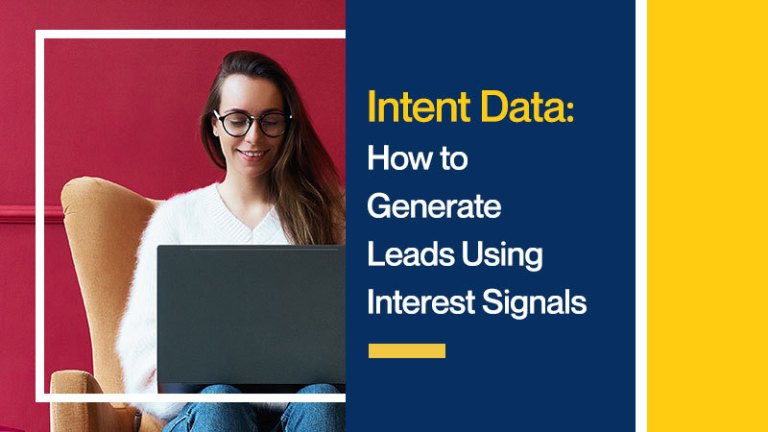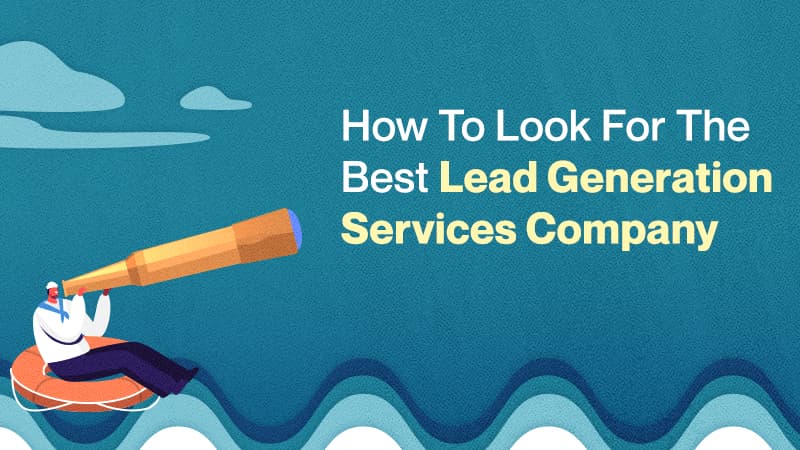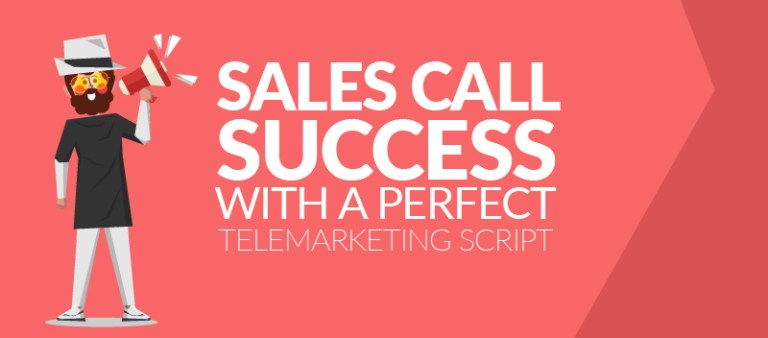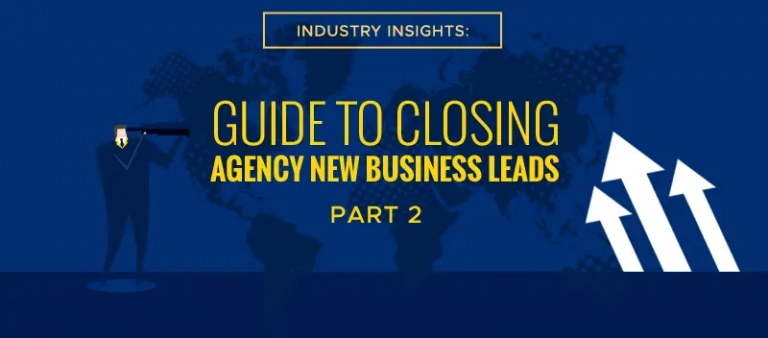When your buyers have pain points, what they do is visit various websites, read articles upon articles, and stack up downloading ebooks and whitepapers that could provide them the solutions they are looking for.
What your B2B intent data does is it can tell you what your potential buyer is interested in and can help you in determining whether or not your prospect is sales-ready.
Typically, your intent data consists of a number of actions wherein a lead either has or hasn’t taken throughout their sales process which includes the following:
- Visits to specific pages on your website
- Topics browsed on your blog or resources viewed
- Collaterals or marketing/sales materials requested
- Content accessed outside your website
- Interaction with your outbound efforts (email clicks, sales call responses)
Lead generation services are tedious work. This article will share with you things that you should know about intent data so to help you in your lead generation strategies and campaign.
Forms of Intent Data
Internal (First-party)
This type of intent data includes prospect activities that your own marketing automation platform gathers from your website and other channels you may be using. For example, it will show you how many of your prospects may have visited your site but haven’t actively engaged with you, or how many of them have downloaded your digital content.
External (Third-party)
This type of intent data gathers your prospect’s data trail from outside sources other than your website or marketing campaigns. These are gathered from your third-party providers such as publisher networks, collecting data at the IP level or user registrations, and shared cookies.
Companies will often partner with publisher sites in order to access the behavioral data of their users. Other industries run data co-ops, where a network of publishers, tech providers, research firms pool in data to gain better insights from all visitors across the co-op.
How to Use Intent Data to Generate Leads
Know the Prospect
Develop personas for intent-based marketing. As you develop your buyer personas, get input from major stakeholders on both the sales and marketing sides of the company. To guide you along, make sure that you are able to answer these questions:
- What issues does your target prospect care about?
- What are the hot topics in their respective industries?
- What keywords do they use when they search for solutions in your particular industry?
- What events does your target prospect attend?
- What industry publications do they read? And trust?
Understand Marketing Metrics
Of course, metrics may vary to reflect business priorities, but a robust measurement will identify the important specifics, like:
- Lead conversion rates
- Sales cycle timing (time from initial contact to deal close)
- ROI of lead generation spend
- Progress in expanding your brand or product footprint within key accounts
- Development of account-based marketing (ABM) programs.
Know the Platforms
You may require a host of systems based on your lead generation needs. Consider including marketing automation platforms, CRM systems, business intelligence dashboards, and demand generation automation tools.
Follow-up with Prospects ASAP
Speed is of the essence since your prospects are hopping from one company to another to find the right one for them. A fast response time will increase your odds of turning your prospect into a customer. Your sales reps should be quick to email the prospect with content that’s specifically designed to advance the conversation forward and guide them in their buying journey.
Conclusion
Whether your intent data is harvested internally or externally, it’s important that you put them to good use. Remember that they are not just to give you a statistical number of how many prospects are ready to buy from you or not. Be proactive and use it to your advantage when you put together a lead generation campaign.




